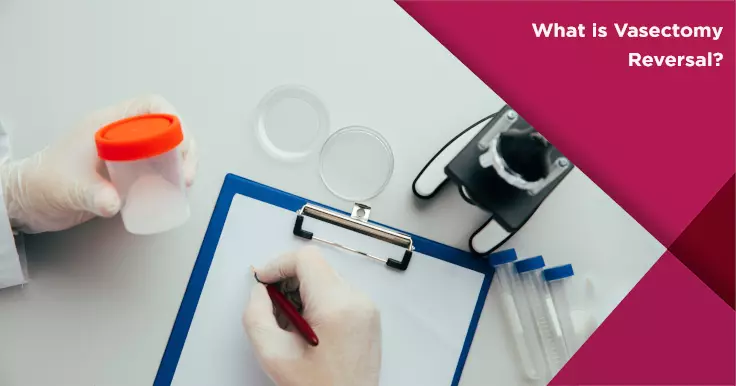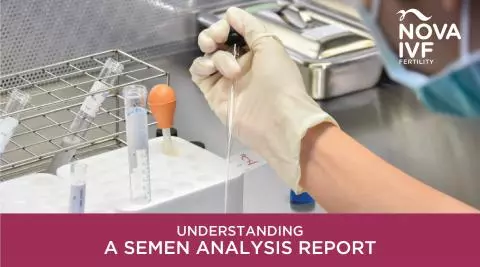What is Vasectomy Reversal?

A vasectomy is a simple surgical procedure that blocks the tubes that connect the scrotum to the penis to keep sperm from leaving the body. Thus the semen that a man ejaculates after this procedure will not have any sperm in it. Though this procedure is considered permanent, it may be reversed at a later date in a vasectomy reversal procedure.
How can a vasectomy be reversed?
The nutritional components of your diet affect sperm production is many ways. Some of the most important nutrients and vitamins that facilitate the development of sperm cells are:
A vasovasostomy involves sewing the two severed ends of the vas deferens back together while vasoepididymostomy involves attaching the vas deferens to a small organ at the back of each testicle. This is a more complicated procedure and is usually advised only if the other procedure has a low chance of working out. These procedures are performed while the patient is under anaesthesia and can take 2 to 4 hours. Recovering from a vasectomy reversal can take about 2 weeks.
Side Effects of a Vasectomy Reversal
A vasectomy is considered a relatively safe procedure. This procedure can be performed many times but its efficacy reduces with each procedure. In some cases, the procedure may have a few side effects. These include:
- Bleeding - A vasectomy reversal can cause swelling and bleeding in the scrotum
- Infection - Like any other procedure, this surgical procedure can also cause an infection. Most of such infections can be treated with medication.
- Pain - A certain amount of pain may be considered normal but if you have severe, persistent pain, you should consult a doctor.
How Soon Can the Results Be Seen?
After a vasectomy reversal, sperm should be visible in the patient’s semen after a few months. In the case of a vasovasostomy, this could take 6 to 12 months while in the case of a vasoepididymostomy, it could take more than a year. To analyse the concentration of sperm in semen, the doctor may test several samples for 4 to 6 consecutive months.
The success of a vasectomy depends on many factors such as the type of vasectomy originally performed and if there are any other factors keeping the couple from getting pregnant.
 Infertility Counselling
Infertility Counselling Female Infertility Treatment
Female Infertility Treatment Andrology Treatment
Andrology Treatment Fertility Enhancing Surgeries - Female
Fertility Enhancing Surgeries - Female Fertility Enhancing Surgeries - Male
Fertility Enhancing Surgeries - Male Endoscopy Treatment
Endoscopy Treatment IUI Treatment
IUI Treatment IVF Treatment
IVF Treatment ICSI Treatment
ICSI Treatment Advanced IVF Solutions
Advanced IVF Solutions Embryology
Embryology Vitrification Egg, Embryo, Sperm Freezing
Vitrification Egg, Embryo, Sperm Freezing Preimplantation Genetic Testing (PGT)
Preimplantation Genetic Testing (PGT) Donation Program Embryo / Egg / Sperm
Donation Program Embryo / Egg / Sperm Self-cycleTM IVF
Self-cycleTM IVF

 Self-cycleTM IVF
Self-cycleTM IVF










